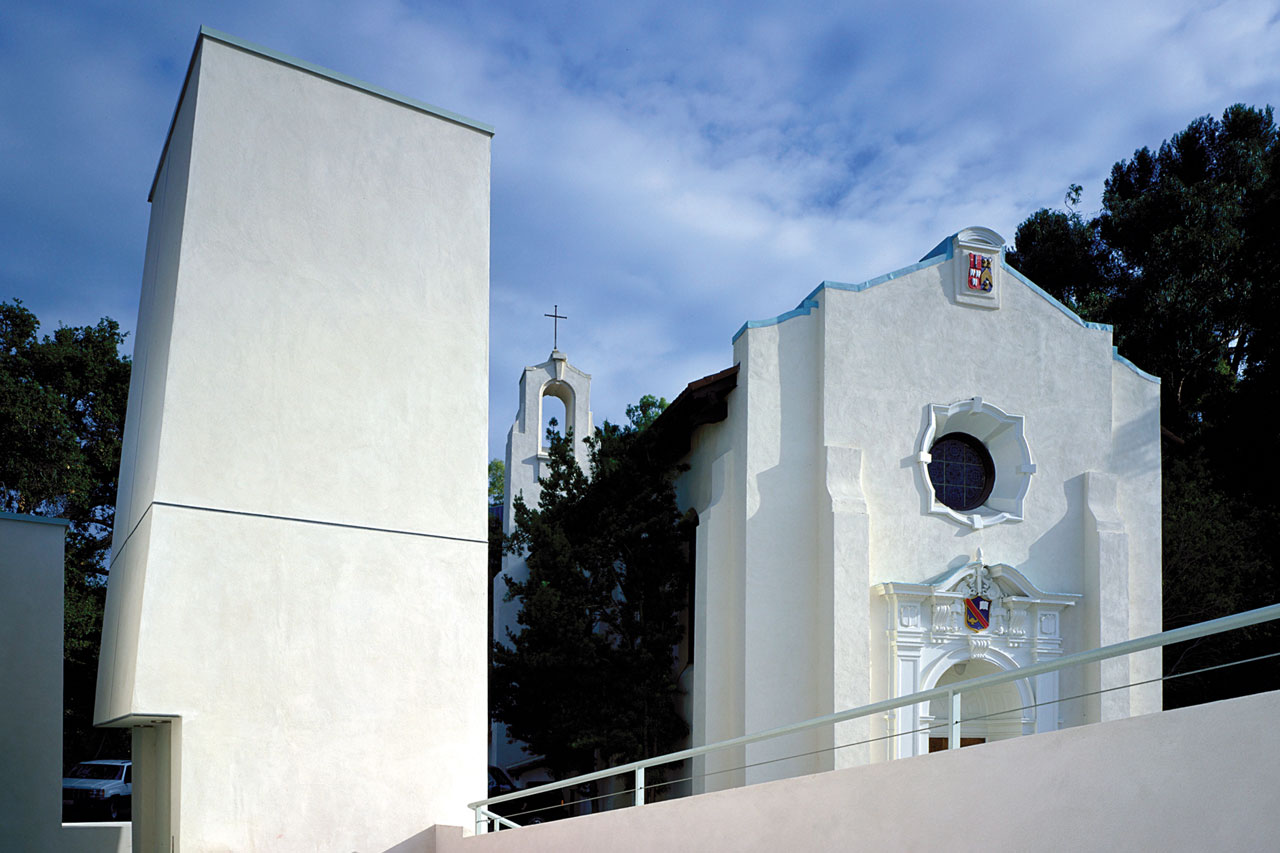MICHAEL MALTZAN /
NOTES ON WORKING
WITH EXISTING BUILDINGS
It is not uncommon for people to express the idea that the appropriate way for new architecture to relate to older buildings is to mimic or replicate the style of those older buildings. I believe that this strategy is misguided for a number of reasons.
First and most importantly, I believe architecture always represents the time in which we live. It is undeniable that culture and society, not to mention building practice, has changed dramatically over the course of our history. Culture continues to move forward as it did for the architects of Greek, Roman, Renaissance, Gothic, and other building periods. They all knew this and celebrated their epoch in architecture which, while distinct, often stands side by side with the best of previous ages. This mix of buildings all work together in a beautiful and profound texture making up our cities, and provides a powerful backdrop for our lives. It is important to realize that the need to express your time is not a new endeavor, and we feel confident and have the courage to do so.
This is one of the most important things about the Kidspace design for me, that we must be able to tell our children that they can do more than mimic the past, that they can shape the environment and context around them and that that is a good and productive thing to do.
This often leads to the concern that, to not replicate the past is somehow disrespectful of that past. I believe that the opposite is true, that to merely replicate what came before us belittles the achievements of previous times. The saying that “we see farther because we stand on the shoulders of our predecessors” is true. We denigrate them if we do nothing with that assistance, if we do not improve ourselves as opposed to remaining “them”.
Relating to existing contexts and older buildings can occur in many different ways. In the Kidspace project, we have worked very hard to create a series of relationships to the existing buildings by looking not only at the stylistic qualities of the building, but also by making gestures to the existing building elements such as geometric height relationships, sculptural connections, as well as reflecting the materials palette of the existing buildings. This we do in a manner that reflects both our time as well as that of the existing buildings. We are trying to achieve a more complex (not complicated) relationship between the two which will allow for a visitor relationship to the buildings to develop over time, rather than giving itself all away on the first visit.
I think this is the way we continue to enrich our cities and towns, I believe this is the way we keep our cultures growing, vibrant, and connected, I believe this is the way we keep out history living with us as opposed to becoming a victim of cultural taxidermy, and I believe this is the way we begin to give our children the tools and the confidence to keep our culture growing.

